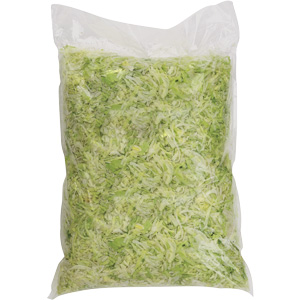The U.S. Food and Drug Administration has issued the Supplement to the 2013 Food Code. The update addresses recommendations made by regulatory officials, industry, academia, and consumers at the 2014 Biennial Meeting of the Conference for Food Protection.
 The Food Code and its Supplement provide government and industry with practical, science-based controls for reducing the risk of foodborne illness in retail and foodservice establishments of all types. The Food Code and the Supplement are joint projects of the FDA, Centers for Disease Control and Prevention, and the United States Department of Agriculture – Food Safety Inspection Service.
The Food Code and its Supplement provide government and industry with practical, science-based controls for reducing the risk of foodborne illness in retail and foodservice establishments of all types. The Food Code and the Supplement are joint projects of the FDA, Centers for Disease Control and Prevention, and the United States Department of Agriculture – Food Safety Inspection Service.
The Supplement modifies the 2013 Food Code to:
Expand the duties of the Person in Charge in a food establishment to include overseeing the routine monitoring of food temperatures during hot and cold holding.
Expand and clarify the type of information that should be included when a Hazard Analysis and Critical Control Point Plan is required by a regulatory authority.
Emphasize that cleaning and sanitizing agents should be provided and available for use during all hours of operation.
Clarify the difference between Typhoid Fever and nontyphoidal Salmonellosis with regard to the reporting of illness and the exclusion and restriction of ill food employees.
Suggest that regulatory authorities ensure that inspection staff has access to the necessary training and continuing education.
The Food Code is the model for retail food regulations in all 50 states, the District of Columbia and Puerto Rico. The FDA encourages its state, local, tribal, and territorial partners to adopt the latest version of the FDA Food Code, including the Supplement to the 2013 Food Code.
FDA’s National Retail Food Team assists regulatory officials, educators, and industry in their efforts to understand, adopt, and implement, the FDA Food Code. Inquiries may be sent to: retailfoodprotectionteam@fda.hhs.gov or directly to a Regional Retail Food Specialist.
The 2013 FDA Food Code and its Supplement is available on the FDA website at http://www.fda.gov/FoodCode.



 sound smugly superior.
sound smugly superior..jpg) to food-borne illnesses.
to food-borne illnesses. Community Health Services Board of Health wants the supervisors to adopt.
Community Health Services Board of Health wants the supervisors to adopt.

.jpg) safety course.
safety course..jpg) Phyllis Fenn, a standardization officer with the Alabama Department of Public Health’s bureau of environmental services, has seen the same thing – too often.
Phyllis Fenn, a standardization officer with the Alabama Department of Public Health’s bureau of environmental services, has seen the same thing – too often..jpeg) She said the certification class helps restaurants reduce food-related illnesses as well as teaching them about the proper temperatures to cook and hold food (the temperature of food that sits out at a buffet) and proper hygiene.
She said the certification class helps restaurants reduce food-related illnesses as well as teaching them about the proper temperatures to cook and hold food (the temperature of food that sits out at a buffet) and proper hygiene.